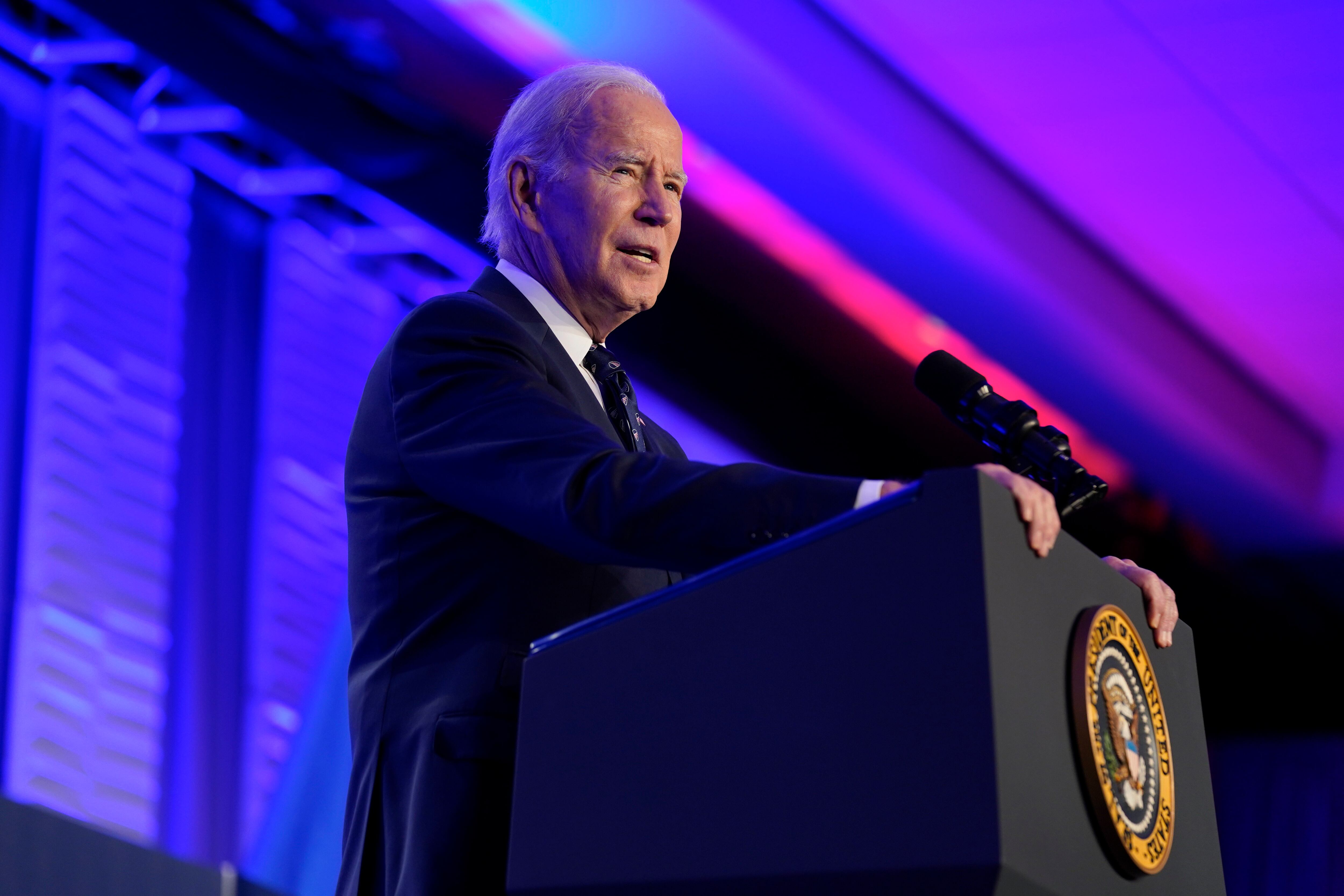The Office of Personnel Management is proposing to bring thousands of federal employees under a higher locality pay come January.
Building off recommendations made last year by several agencies that shape federal pay, the draft regulations would create four locality pay areas: Fresno, California; Reno, Nevada; Rochester, New York; and Spokane, Washington.
The proposal would also expand existing areas, meaning a total of 32,900 employees could be in line for a pay boost in 2024.
“These changes would result in geographic differences in federal salaries better reflecting the overall geographic differences in salary in line with statutory goals,” according to the proposed regulation issued Wednesday. “In turn, this could affect Federal recruitment and retention across the U.S.”
These areas were chosen because they have pay gaps averaging more than 10 percentage points above that of the “rest of U.S.” — the baseline adjustment that applies to any federal employee who doesn’t live in an area with its own locality pay. There are 32 locality pay areas identified by the federal government.
RELATED

In December, Federal Times reported that the President’s pay agent had identified these areas as part of its annual review process and recommended them for a locality pay adjustment.
The President’s pay agent is comprised of the directors of the White House Office of Management and Budget and Office of Personnel Management, as well as the secretary of labor.
If implemented, the new zones would impact 16,200 General Schedules employees who would see the adjustment in the first pay period on or after Jan. 1.
Another roughly 16,000 employees would be affected by a second proposal to modify existing locality pay areas based on a more current definition of geographic boundaries. The specific pay rates for the new areas are yet unknown, as they have to be set by the president once the regulation is finalized.
Locality pay was created by the Federal Employees Pay Comparability Act of 1990 and relies on data from the Bureau of Labor Statistics. It’s calculated based on the difference in what non-federal employers pay workers in the same area for similar work.
Every year, federal employees receive an across-the-board pay raise based on the Employment Cost Index for private industry workers minus 0.5 percentage points.
Molly Weisner is a staff reporter for Federal Times where she covers labor, policy and contracting pertaining to the government workforce. She made previous stops at USA Today and McClatchy as a digital producer, and worked at The New York Times as a copy editor. Molly majored in journalism at the University of North Carolina at Chapel Hill.





